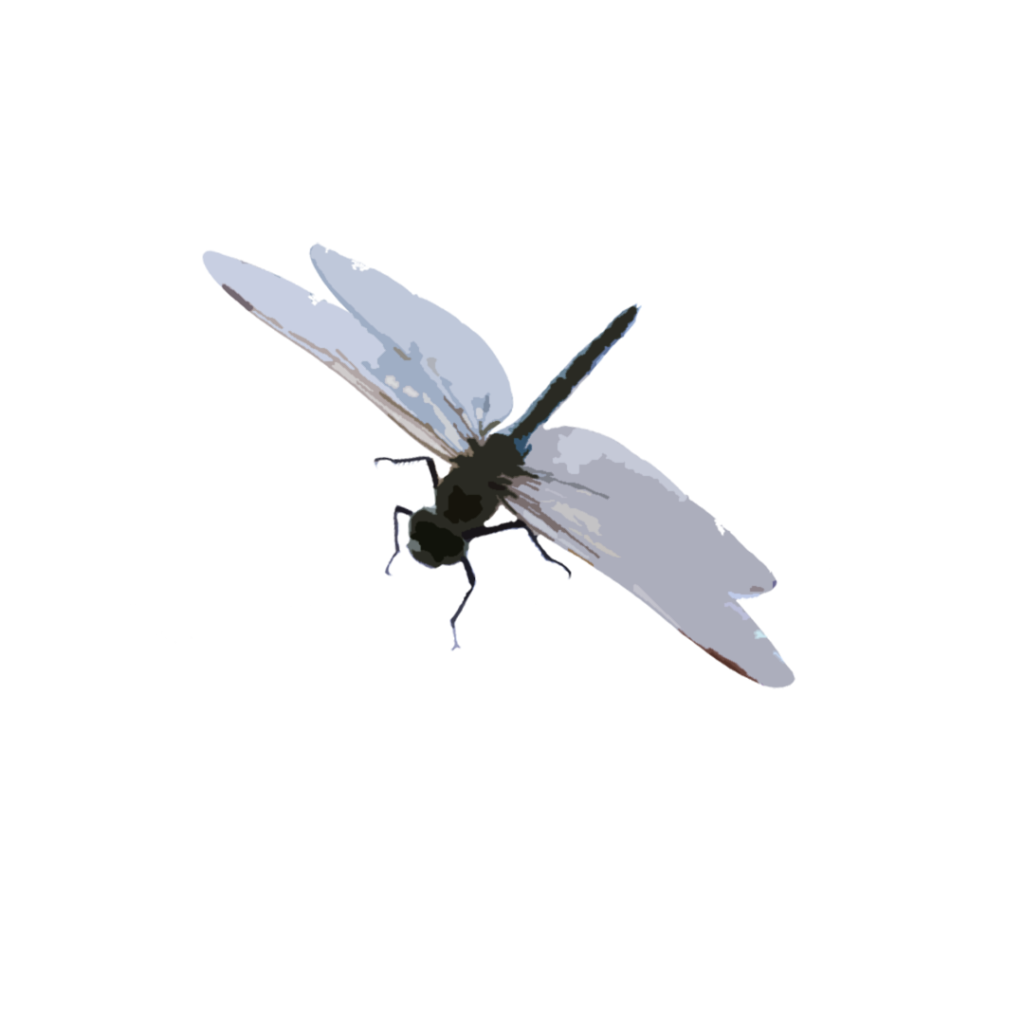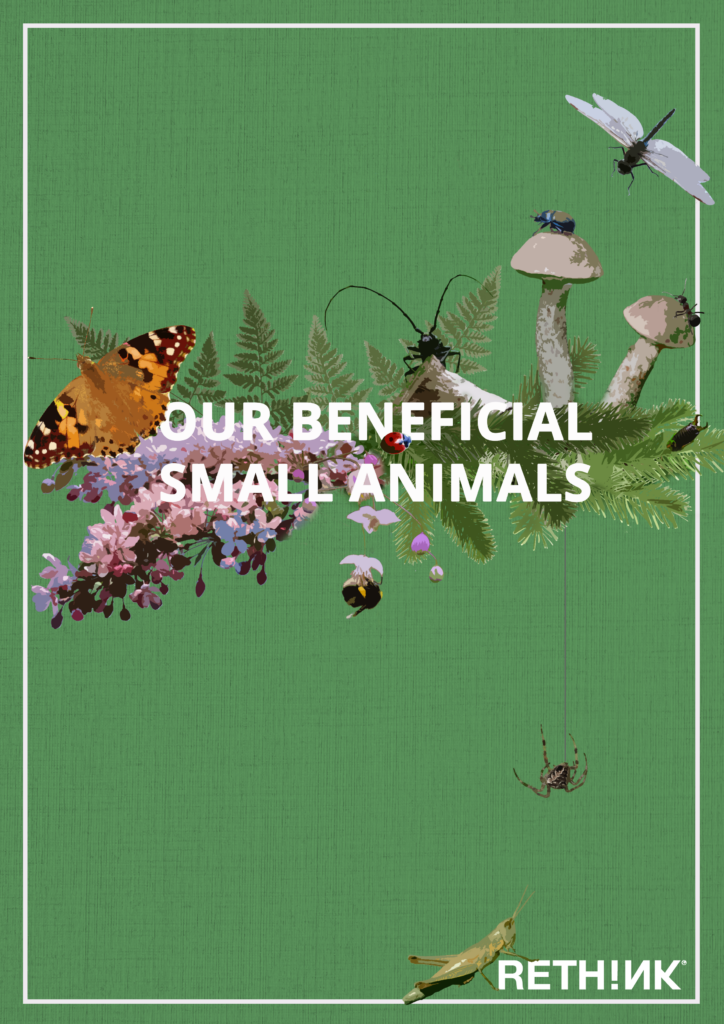THE VITAL LITTLE CREATURES
It’s strange to realise that the smallest animals are the ones who create the conditions for us humans, as well as all other animals, to live as we do today. All these small animals fulfill a function and have different roles so that the ecosystem can work in the marvellous way it does. There are small animals that pollinate crops, control pests and help recycle nutrients in nature. Therefore, the disappearance of insects affects the
entire ecosystems and also us humans.
Here, you can read more about how small animals are needed
POLLINATORS
Insects pollinate a third of all human food and nine of ten wild-blooming plants. These plants also provide seeds, fruits and berries to birds, mammals and insects. Without pollinators, there would be an acute threat to the global food supply, and the diversity of flowering plants would disappear. So pollinators are crucial! But what is pollination exactly?
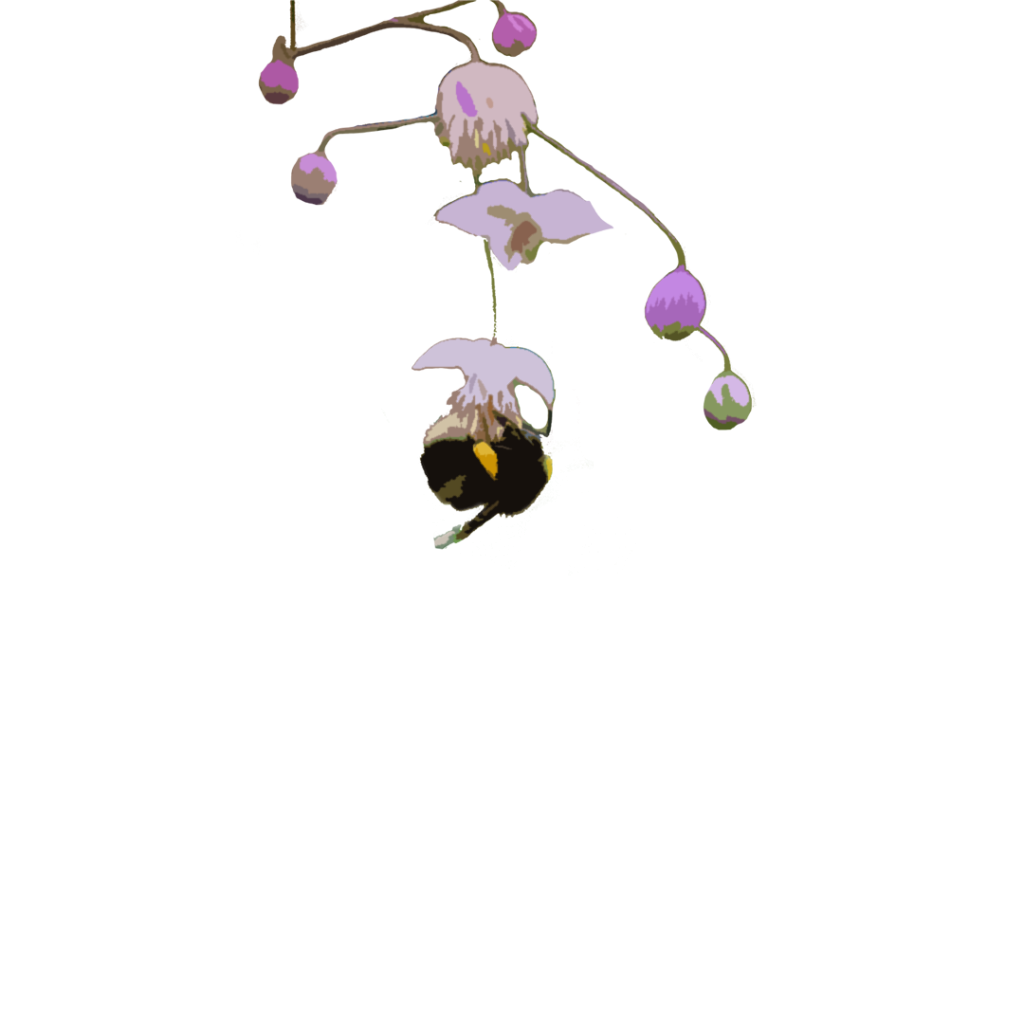
For blooming plants to reproduce, a transfer of pollen between flowers of the same species must occur. Pollinators are animals that help to transfer pollen from a flower’s stamen to a flower’s pistil. Excess pollen sticks to the animal’s body when pollinators visit a flower. In the search for more pollen and nectar, the pollinators move between different flowers, helping the pollen grains to spread to the pistils of other flowers.
When pollen grains get stuck on a pistil, the seeds are fertilised inside the pistil, forming new seeds that can grow into new plants.
Bees and bumblebees are the most effective pollinators
In Sweden, there are about 300 species (20,000 in the world) of wild bees, of which about 40 species are bumblebees. Since bee larvae feed exclusively on pollen, bees transport more than other insects whose larvae have different food. In addition, both bees and bumblebees have dense fur that allows large quantities of pollen to stick to their coat. Butterflies, hoverflies, beetles, wasps and ants are also important
pollinators. In addition, birds, bats and lizards can also pollinate plants!
DECOMPOSERS
The soil is crowded with small animals that live on all the dead organic material that has fallen to the ground. Lots of micro-organisms, fungi, insects, and other small creatures help to break down dead leaves, plants, animals and animal faeces.
But they do much more than collect waste – they recycle it and give it new life. When they eat and break down organic material, they release many nutrients bound in the plants and animals. These
nutrients are then released into the soil, allowing plants to reabsorb them through
their roots. Without decomposers, the soil would be nutrient-poor, and it would be
difficult for plants to grow.
The earthworm – the celebrity of decomposers
Earthworms are incredible animals that fertilise, oxygenate and aerate the soil. They dig tunnels that make the soil airy and hollow, allowing oxygen and water to reach the roots and living organisms. The tunnels also act as motorways for plant roots. In the tunnels, earthworms also pull down dead animals and plants. Once eaten, they leave their droppings as nutritious fertiliser for the plants.
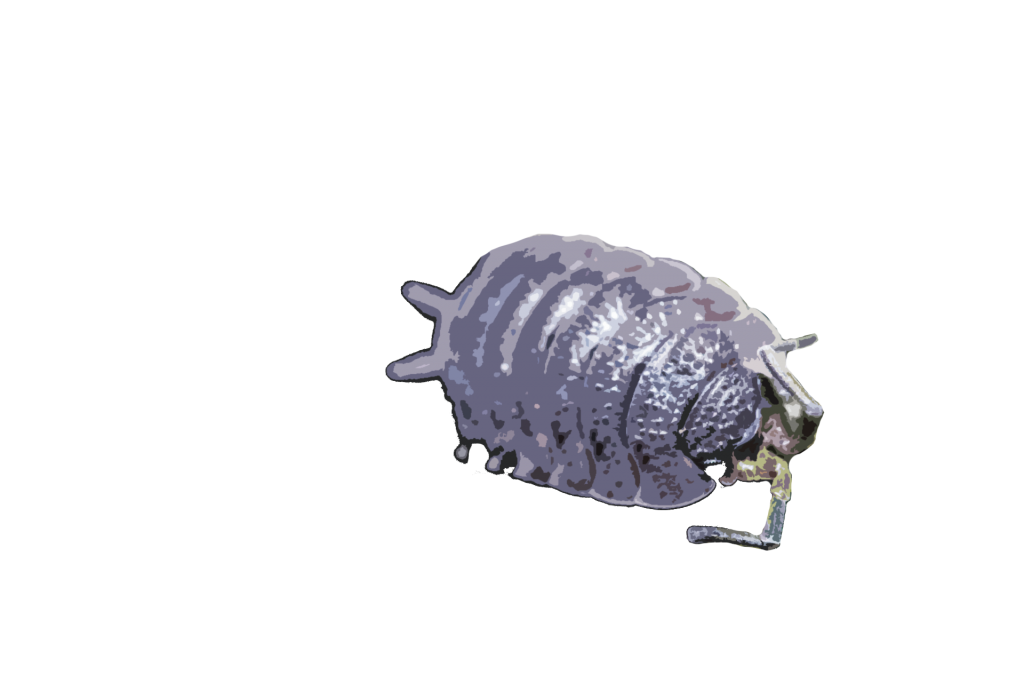
Other effective decomposers are woodlice and springtails
Most species of woodlice are terrestrial crustaceans that breathe with their gills and, therefore, thrive in moist, dark environments. Springtails are less well-known to the general public. They are very small, often white, and live in large quantities underground, often more than 50,000 individuals on one square metre of forest soil. We can find woodlice and springtails worldwide, and both groups are ancient – perhaps because they have an obsolete function. Long before the time of the dinosaurs, they were in place to create new life out of everything that was dying.
As many as 400 species are involved in breaking down cow dung
In Sweden, about 60 species of dung beetles live in and on the faeces of different animals such as cows, sheep or horses. The faeces contain lots of nutrients, can be broken down thanks to the dung beetles, and become available to the pasture vegetation. If no decomposers existed, the faeces would spread over the land and suffocate the vegetation.
PEST CONTROLLERS
Many small animals eat vermin and weeds. By actively using these small animals in the
agricultural landscape, reducing the need for pesticides is possible.
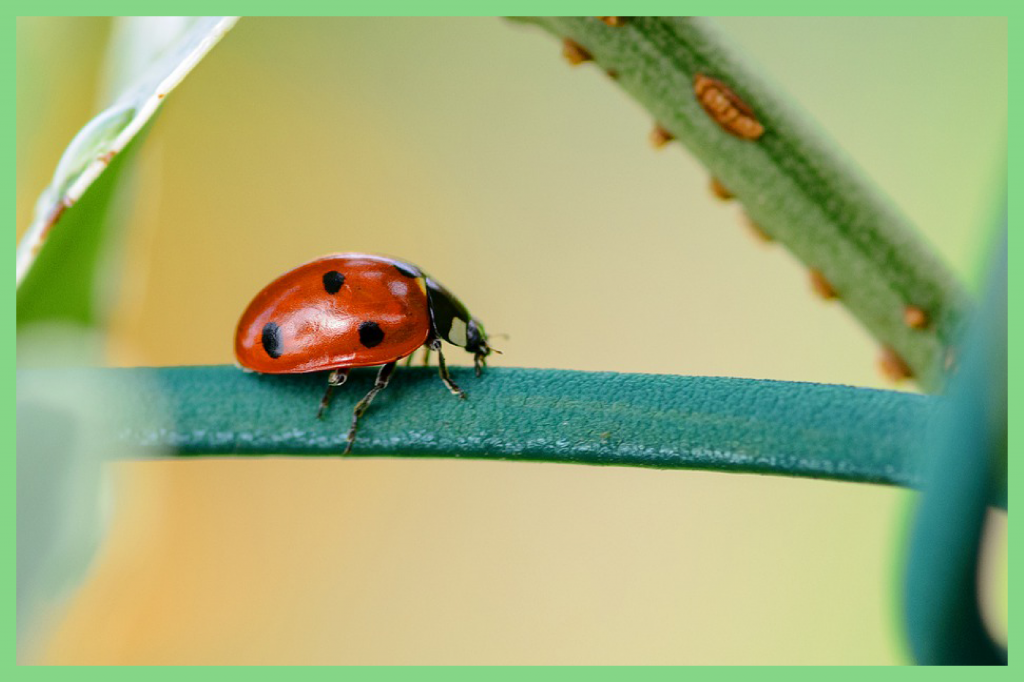
Enemies of Aphids
For example, many bugs, including ants, wasps, and hoverflies, like to eat aphids. Ladybugs and green lacewings (small green insects with web-like wings) are so good at eating aphids that they are released into greenhouses to control the lice. Earwig plays an essential role as a pest controller in orchards. A single earwig can eat thousands of aphids in its lifetime!
Some insects eat weed seeds, thereby preventing many weeds from growing. Ground beetles are a group of giant, fast-moving beetles that eat both pests and weeds. In Swedish, they are called “ground runners”, and as the name suggests, they are good at running and can quickly move far into fields. Arachnids are also omnivores and commonly used pest controllers in the agricultural landscape.
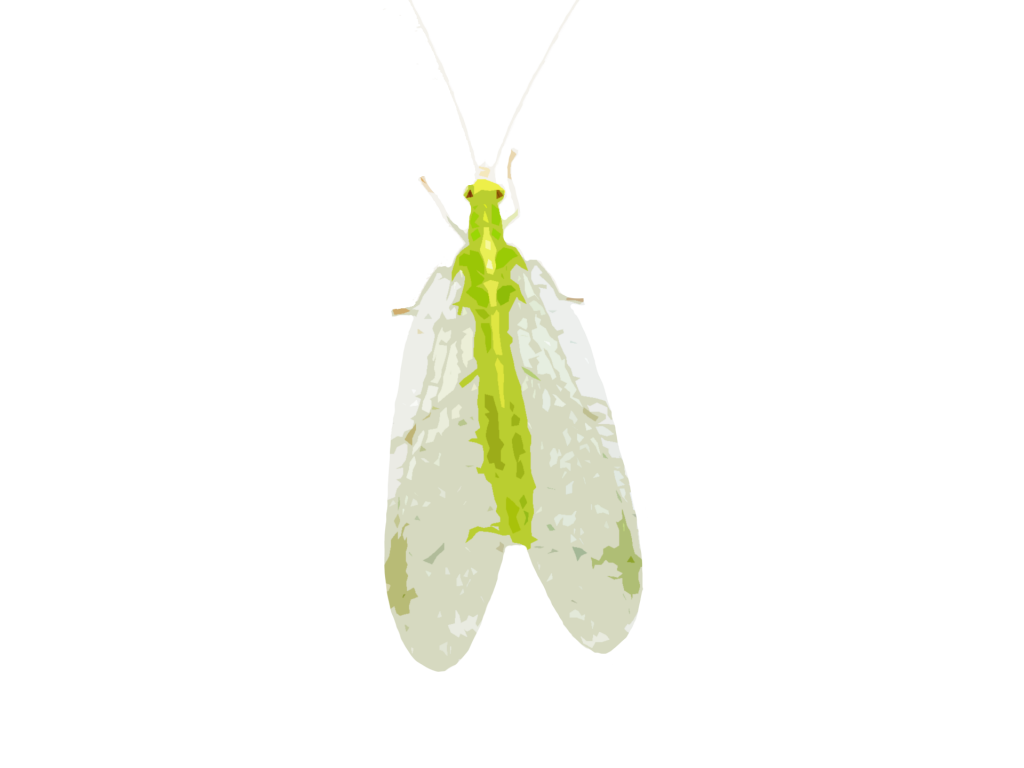
Almost every insect species has a parasitic wasp
A parasite that kills its host animal is called a parasitoid. A typical parasitoid group
is parasitic wasps, which use a tube to lay eggs inside pests. When the eggs hatch,
the larvae start feeding on the host animal from the inside, which eventually dies.
It may sound unpleasant, but by regulating the presence of insects, they keep nature in balance. Parasitic wasps play an important role in pest control because many different parasitic wasps altogether attack all kinds of insect pests.
FOOD FOR OTHER ANIMALS
Many small animals serve an essential function simply by being food for other animals.
And quite a lot of food is needed. Birds alone eat so many insects each year that it is
equivalent to the weight of every human being living on Earth today! And that’s not
counting all the fish, frogs, lizards and other animals that also feed on insects.
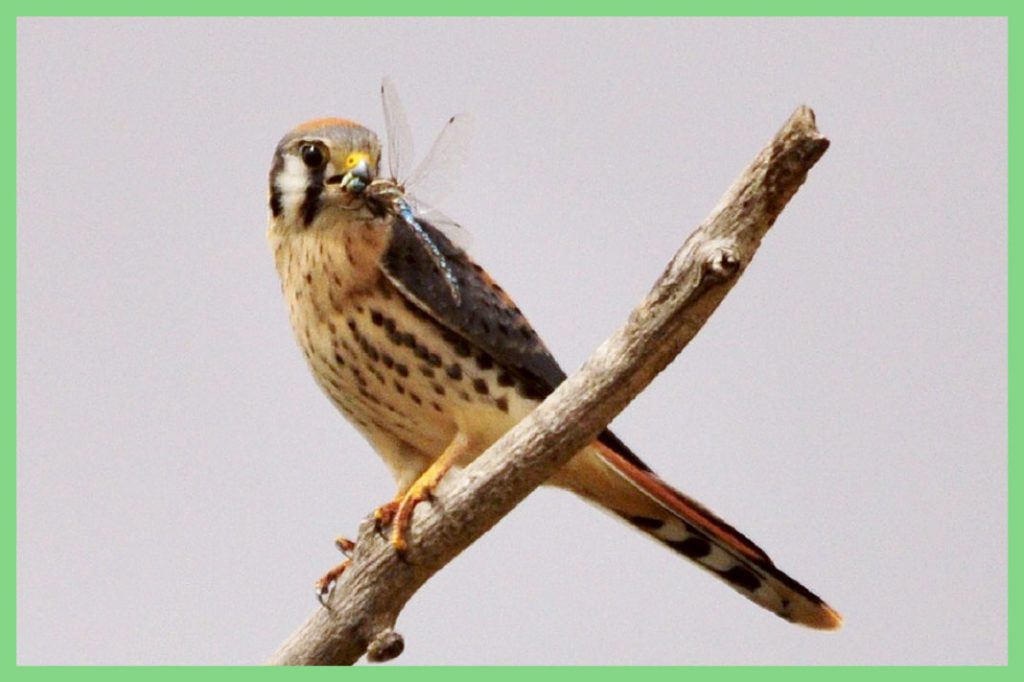
Most insects never reach adulthood
Instead, they are eaten either as eggs, larvae or pupae. Caterpillars of butterflies, wasps and beetles are protein-rich food and perfect for birds to feed their babies. An insect favouring butterfly caterpillars is the ant, which catches and carries them home to its stacks to feed their caterpillars. But, just like any other small animal, ants must watch out so they don’t get eaten themselves. Ant enemies come in many sizes, from bears to tiny insects. In fact, ants make up 20% of a brown bear’s diet.
Wasp nests – a treasure chest for hungry predators
What are wasps really good for? Many people have probably asked themselves this question during a barbecue evening in the garden. Apart from the fact that they gobble up many pests, they are also important prey for, for example, badgers and perns, who would find it difficult to survive without the wasps. A wasp nest can contain thousands of larvae, which makes these nests a vital food source for predators.
What would happen if the mosquitoes disappeared
There are about 3,500 different mosquito species worldwide. In Sweden and other Scandinavian countries, we call it “mygg”, the word for all types of “mosquitos”, both the one that bites and all the others. Sweden has about 2,500 species, of which only about 50 are biting mosquitoes. The female mosquitoes suck blood to obtain proteins which are needed to produce eggs. Mosquitoes are also important as food for other animals. Fish eat mosquito larvae. As adults, they are essential food for many birds, spiders, bats and other animals. Because mosquitoes are so abundant, they are a vital part of the food chain in the water bodies where they appear. For example, the larvae of nonbiting midges can cover the entire seabed and reach 50,000 larvae per square metre. If mosquitoes disappeared from the environment, it would be difficult for birds and bats, for example, to find food for their offspring.
